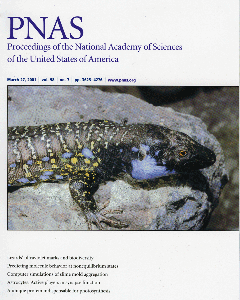
The Thorpe Group
Canary Island Lizards

Our research on the lizards of the Canary islands has included the Lacertids (Gallotia), the geckos (Tarentola) and the skinks (Chalcides). This work included both inter-island evolution and within-island studies of phylogeography and adaptation by natural selection.
Inter-island evolution
This was based largely on the multi-gene molecular phylogeny and colonization sequence of Gallotia (funded primarily by the British Research Councils) (Thorpe et al, 1994 Evolution).
Within-island evolution
Work on within-island microevolution has involved the skinks, geckos and lacertids of both Tenerife and Gran Canaria. Parallel evolution between islands (Brown et al 1991 Nature) and the evolution of quantitative traits in concert with north-south ecological zonation argue for adaptation by natural selection being the primary determinant of variation in these characters, even though molecular phylogeography indicates the existence of distinct lineages within islands (e.g. Gubitz et al, 2005 Mol. Ecol., Thorpe & Richard, 2001, PNAS).
Population Genetics and UV Marking
Population genetic work on Tenerife G. galloti , using microsatellites, suggests a greater restriction of gene flow between habitat types, with their distinctive UV sexual markings, than between historical lineages which has implications for ecological speciation (Thorpe & Richard, 2001, PNAS)
(funded by the EC). Subsequently, we have carried out behavioural studies (funded by NERC) to investigate the role of sexual selection.


